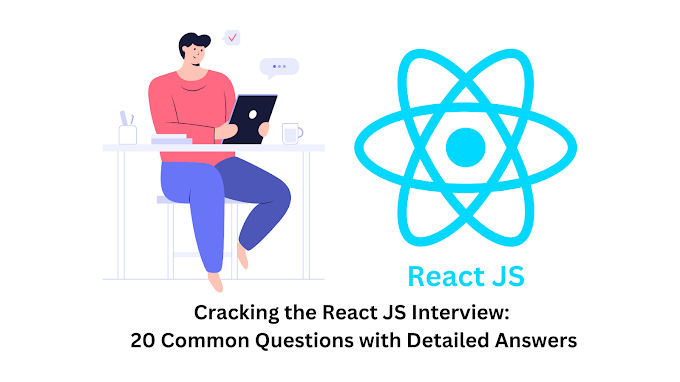Introduction
Top 10:- Questions and Answers for improving and understanding Python Programming. Learn and Understand Python Programming like Pro.
1. Question: What is Python?
Answer: Python is a high-level, interpreted programming language known for its simplicity and readability. It is widely used for web development, data analysis, artificial intelligence, and more.
2. Question: Who created Python, and in which year was it first released?
Answer: Python was created by Guido van Rossum and was first released in 1991.
3. Question: What is the purpose of indentation in Python?
Answer: Indentation in Python is used to define code blocks. It is critical for code readability and is not just a style preference.
4. Question: How do you declare a variable in Python?
Answer: Variables in Python are declared by assigning a value to a name. For example, my_variable = 42.
5. Question: What is a Python list?
Answer: A list in Python is a collection of ordered, mutable elements enclosed in square brackets. Lists can contain items of different data types.
6. Question: What does the "print" function do in Python?
Answer: The "print" function in Python is used to display output to the console.
7. Question: How do you define a function in Python?
Answer: You can define a function in Python using the def keyword, followed by the function name and its parameters, like this:
pythondef my_function(parameter1, parameter2):
# Function code here
8. Question: What is a Python module?
Answer: A Python module is a file containing Python code. It can define functions, classes, and variables that can be reused in other Python programs.
9. Question: How do you handle exceptions in Python?
Answer: Exceptions in Python can be handled using the try and except blocks. This allows you to catch and handle errors gracefully.
10. Question: What is the purpose of a "for" loop in Python?
vbnet**Answer:** The "for" loop in Python is used for iterating over a sequence (e.g., a list, tuple, or string) and executing a block of code for each item in the sequence.











0 Comments